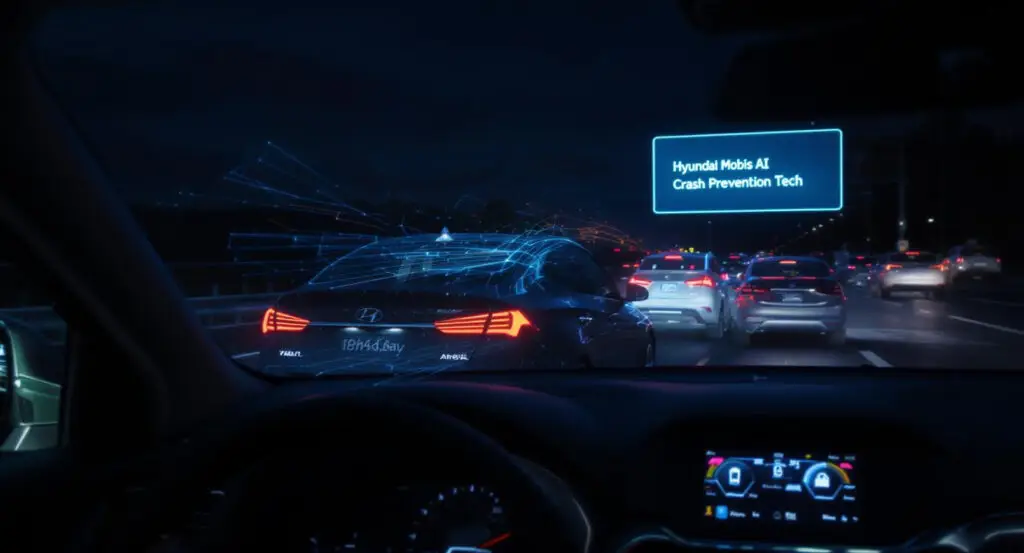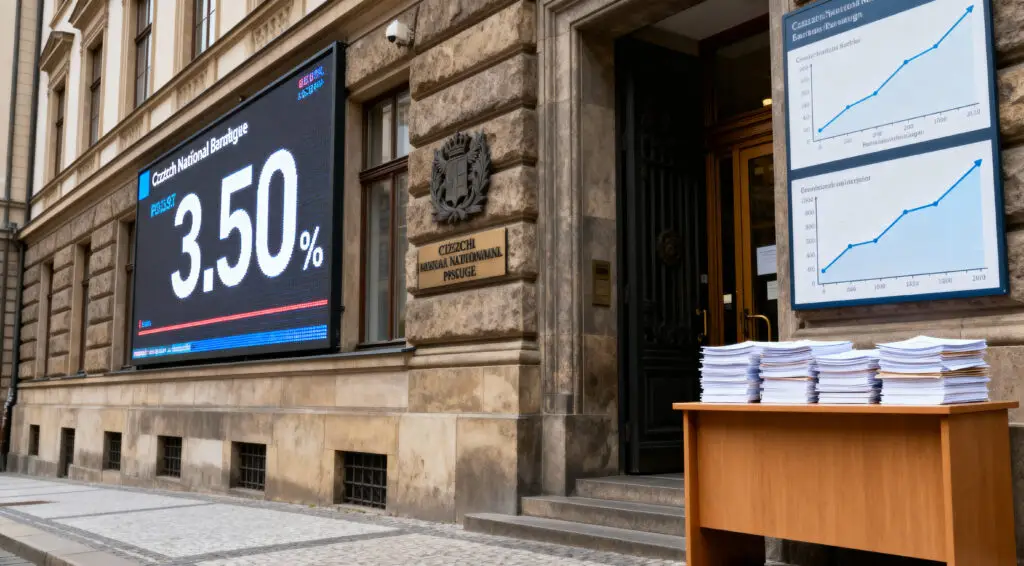SEOUL— Hyundai Mobis has introduced a new autonomous driving technology designed to prevent one of the most common and dangerous types of road accidents: rear-end collisions.
The innovation, which utilises a combination of rear-side radars, front-facing cameras, and intelligent acceleration control, is engineered to detect rapidly approaching vehicles from behind and preemptively steer drivers away from potential danger. This cutting-edge system operates while the driver is using Smart Cruise Control (SCC) on highways and could soon become a staple in next-generation vehicles.
According to the company, the system will not only warn drivers but also automatically accelerate the vehicle to maintain a safe distance when a tailgating threat is detected.
Proactive Safety, Not Just Passive Warning
What sets Hyundai Mobis’s technology apart is its autonomous intervention. Unlike existing systems offered by other global automakers, many of which only tighten seatbelts in anticipation of a collision, the new solution actively modifies the vehicle’s behaviour in real time.
“If the vehicle detects that a rear vehicle is driving at an extremely close distance of approximately 10 metres or less, it first emits a beep sound or displays a visual warning on the cluster,” Hyundai Mobis said in a statement. “If the situation persists after a certain amount of time, the vehicle will automatically increase its speed to maintain a safe distance.”
The system works through an advanced sensor suite. Rear-side radars mounted on both sides of the bumper track the rear vehicle’s movement, while the front-facing camera monitors the driving lane and any vehicles ahead. The dual inputs allow the car to safely accelerate while preserving forward safety.
Lane-Change Capability Under Development
This latest development is part of a broader push by Hyundai Mobis to evolve autonomous driving from mere assistance to full situational management. The company revealed that beyond automatic acceleration, it is currently developing a lane-changing function that will allow vehicles to manoeuvre away from a tailgating threat altogether.
“Hyundai Mobis has now enhanced its technology to enable the vehicles to independently adjust the distance between the front and rear vehicles and avoid dangerous situations,” the company said in the release.
Jung Soo-kyung, executive vice president and head of Hyundai Mobis’s Automotive Electronics Business Unit, underscored the company’s broader vision: “We will actively protect the safety of mobility users by providing solutions that can intelligently handle not only front-end safety but also dangerous situations caused by rear vehicles while driving.”
Proven Effectiveness of Automated Safety
The announcement comes amid growing industry recognition of how autonomous safety technologies are reducing crash rates. A recent study by the Partnership for Analytics Research in Traffic Safety (PARTS) found that automatic emergency braking (AEB) systems cut rear-end collisions in half.
The effectiveness of AEB has increased from 46% across model years 2015–2017 to 52% for vehicles from 2021–2023, according to the study. The research also observed a notable connection between vehicle weight and crash rates: for every 1,000-pound decrease, there was a 4% reduction in front-to-rear collisions for vehicles equipped with AEB.
Although Hyundai Mobis’s new tech targets the rear-end risk from following vehicles, its conceptual roots lie in the same commitment to proactive, tech-driven crash avoidance. The company’s innovation builds upon the established success of front-facing systems by extending protection to the less-monitored rear angle, an area increasingly critical in congested highway driving.
A Step Closer to Fully Autonomous Safety
With highway driving continuing to evolve into a shared task between humans and machines, Hyundai Mobis’s latest offering reflects an important shift in automotive priorities: preventing accidents before they even come close to happening.
While the system is currently limited to Smart Cruise Control environments, the company’s vision is clear: full-spectrum collision prevention, where cars not only respond to the driver’s commands but independently manage threats from any direction.
As consumer expectations rise and regulatory focus tightens around advanced driver-assistance systems (ADAS), Hyundai Mobis appears poised to stay ahead of the curve one radar-guided move at a time.























